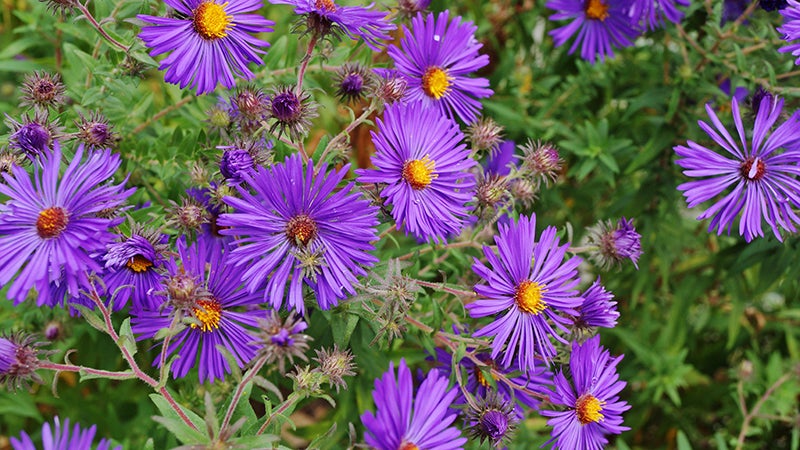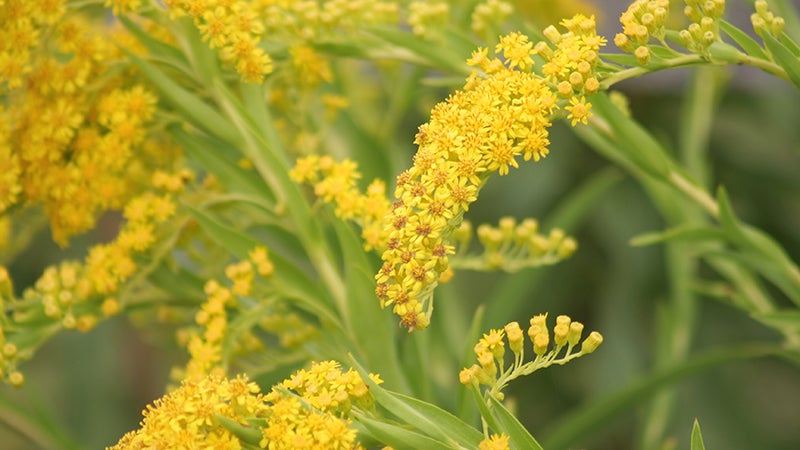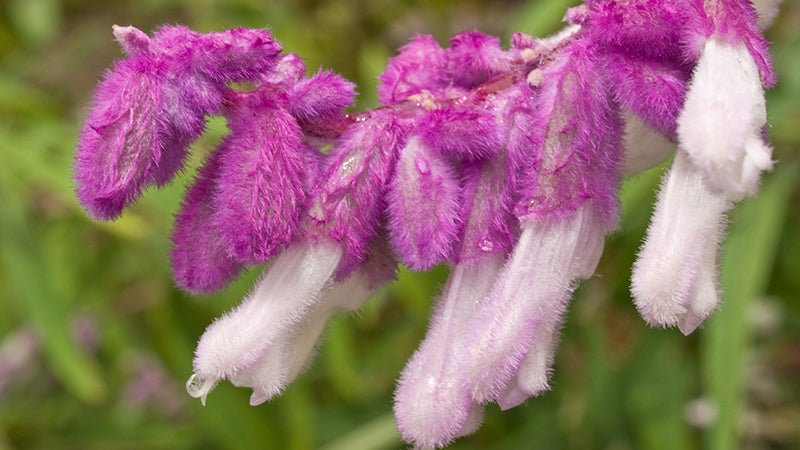Garden beauties still found in late summer
Published 9:58 pm Friday, September 7, 2018
|
Getting your Trinity Audio player ready...
|
Kristi Hendricks
Late bloomers are home gardener treasures. Just when the growing season is winding down, you see the value in perennials that spring to life in late summer. Such plants offer pollinators an essential nutritional boost as well as landscape enhancement. Butterflies and other beneficial insects use this nectar to support migration or egg production for those remaining in Tidewater.
Slender fragrant goldentop is one of those late summer beauties. While this Southside native is actually in the daisy family, this plant is commonly referred to as a goldenrod (Solidago.) The light-green foliage is delicate in appearance and rivals the loveliness of the compound yellow flowers that gradually begin blooming in August. Bees, wasps, moths and beetles hold well-attended conventions atop this plant when flowering. New plants develop from wandering rhizomes in an easily controlled manner.
Butterflies find the striking blue-violet rays surrounding a yellow center of the late purple aster flower [Aster novii-belgii] most attractive as a nectar source. This Virginia native can reach 3 inches, so pinching the stems back several times before mid-July controls loftiness. This wildflower is perfect for naturalizing in a dry-to-medium moisture rock garden with full sun, conditions where many other plant have difficulty thriving. This aster is beautifully paired with multicolored hardy lantana.
Before the winged jewels migrate, attract hummingbirds to your border beds with Mexican bush sage [Salvia Leucantha,] an evergreen shrubby perennial. This sage is noted for producing eye-catching late summer to frost blooms of showy bicolor flowers. White petals whirl within longer-lasting purple sepals reminiscent of a whirling dervish. These flowers appear on arched spikes some 3’ tall. This stunning yet low-maintenance late bloomer is native to its namesake but thrives here. Another common name, velvet sage, refers to its satiny foliage. Deer will sidestep.
Home gardeners should be enjoying the fruits of the season’s labor in August. Unfortunately, high summer temperatures and humid conditions sometimes bring a premature end to the landscape’s beauty. Renew your garden’s vigor by cutting back languishing Shasta daisies, blue sage and coreopsis. These plants will regenerate foliage and rebloom as autumn approaches. Be sure to compost non-weedy plant foliage or place debris in water runoff areas for erosion control.
Have a shrub that isn’t performing well? Plan now to move plants later in fall to a site with better suited conditions. Deadhead profusion-style zinnias for continued flowering and toss the spent flower head onto the soil. With a little ruffling, seeds will germinate next spring into an abundance of plants identical to this year’s crop.
Valuable garden advice is available from the Master Gardener Helpline. Volunteers are available Wednesdays, 10 a.m. to noon, 356-1979 (through September.) The program is a VCE educational program, open to all.
KRISTI HENDRICKS is a member of the Western Tidewater Master Gardeners. Contact her at GardenontheJames@yahoo.com.




